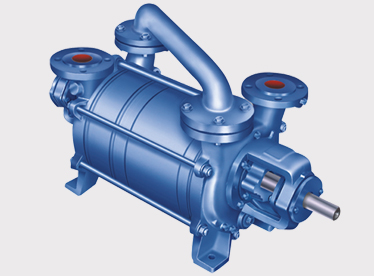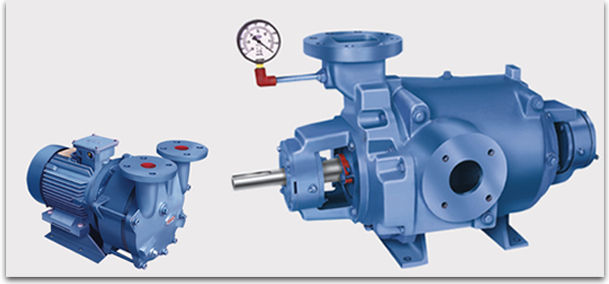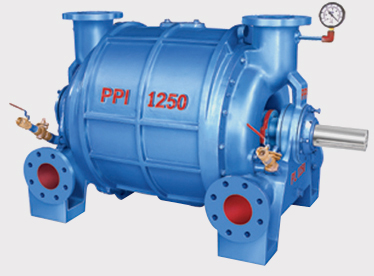Achieve High Vacuum for Industrial Processes Using High Tech Vacuum Pumps
Vacuum pumps are mainly used to remove gases from an enclosed container so as to leave a partial vacuum. They are widely used industrial and scientific processes which require extraction of air.
Features and Types
1. Vacuum pumps use mechanical energy to create a rotary motion actuates pneumatic systems which in turn remove air from an enclosed system. Removing air from a vessel makes it pressure to drop below atmospheric pressure and therefore the pump must provide the work required to overcome the pressure differences.
2. Most equipment have two stages, the suction stage where the gas is scoped from the vessel and the exhaust stage where these gases are expelled into the atmosphere.
3. It can be classified as positive displacement or non positive displacement pumps. The positive displacement technology include piston, rotary vane, diaphragm, and rotary screw pumps. These equipment draw a constant volume of air in each cycle. They achieve very high vacuums due to their small leakage but have low flow rates.
4. Vacuum piston have a piston, valves, cylinder and motor. The motor rotates the crankshaft which translates the rotary motion into reciprocating motion. The piston suction stroke sucks air from the vessel while the compression stroke expels the air into the environment. Valves are used to control gas motion. Dual stage pumps have two piston sets and are able to achieve higher pressures.
5. Non positive displacement system use kinetic energy to pump out air. They are suitable in industrial application requiring partial vacuums and large amount of air to be expelled. They have very high flow rate but they achieve only partial vacuum (7in.Hg) due to inherent leakage in these it. They use centrifugal forces, axial flow or regenerative mechanisms to pump out excess air.

Industrial and Scientific Applications
They are used in many scientific and industrial processes. These pumps are used to extract air from fluorescent bulbs, incandescent bulbs, semiconductor processing equipments, electron microscope, autoclaves, chemical processing and distillation, plastic molding, degassing, drying chambers, evacuation in refrigerating systems, vacuum packaging processes, leak detectors, vacuum coating, vacuum heating and metallurgy. There are also used in scientific and medical research.
Factors to Consider When Selecting a Vacuum Pump
The following factors are used to rate it
1. Vacuum level: This is the maximum vacuum pressure the pump achieves. Rotary system achieve very high vacuums (28.5 in. Hg ) which is near the theoretical maximum of (29.92 in.Hg).
2. Air removal rate: the air removal rate is expressed as true volumetric efficiency. High air extraction rates means that more air can be extracted from vessel per cycle. Graphs of pump capacity against vacuum level are widely used to select these pumps.
3. Horsepower: this is amount of power required to operate the pump. At high vacuum, more power is required to run the vacuum pump.
4. Temperature: the pump temperature rises during the process of extracting air. Lower rise in temperature means better performance and reduced power requirement.
Conclusions
Vacuum pumps have many industrial and scientific applications. The vacuum level, volumetric efficiency and other pump features must be carefully evaluated against industrial process the pump is to be used for before selecting a particular pump.
This Press Release has been posted by Ajit Joshi.


















